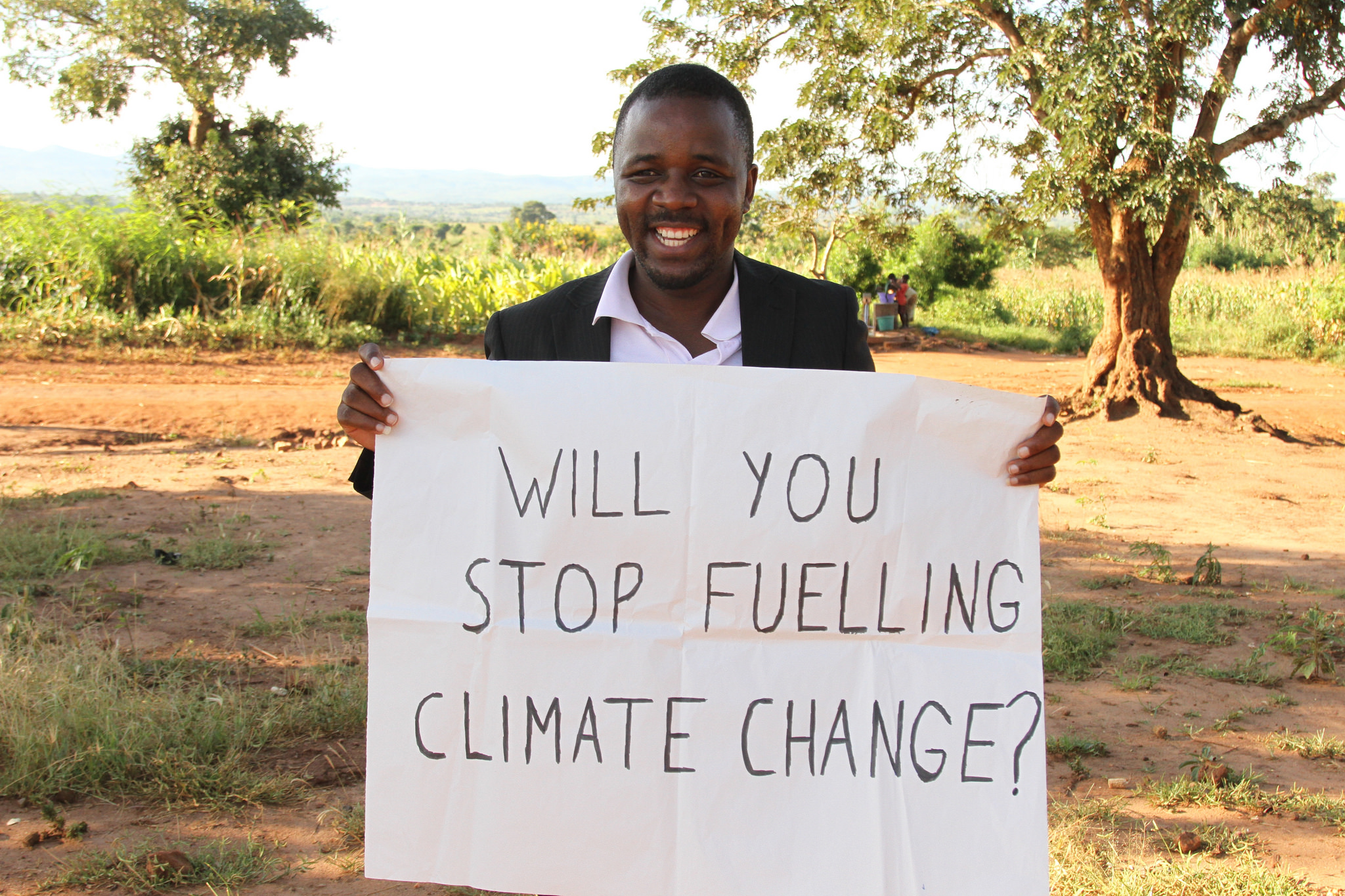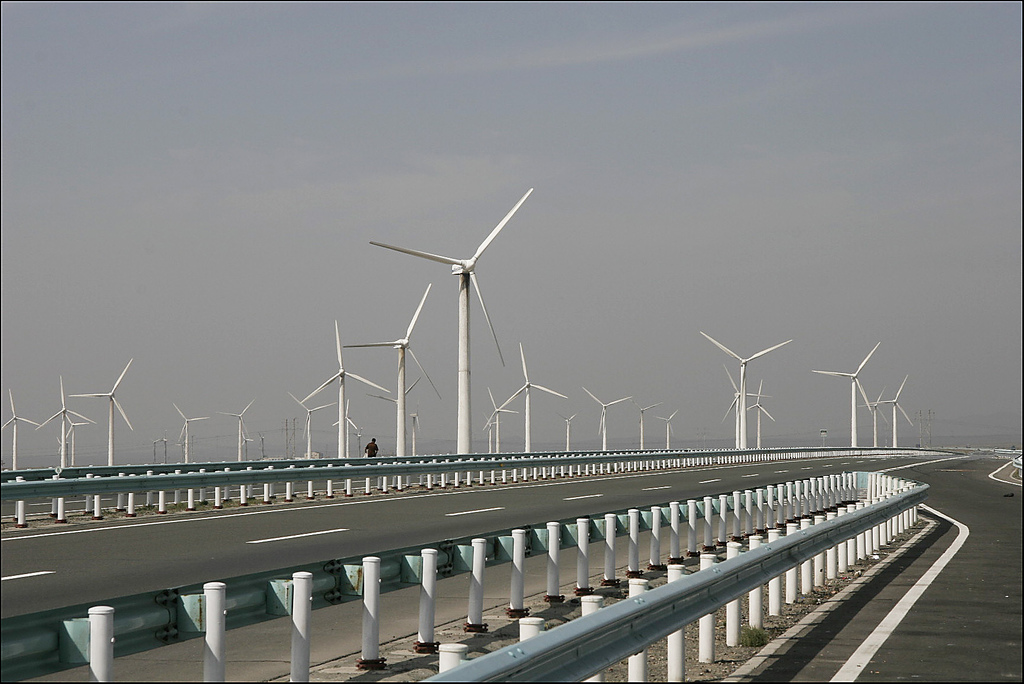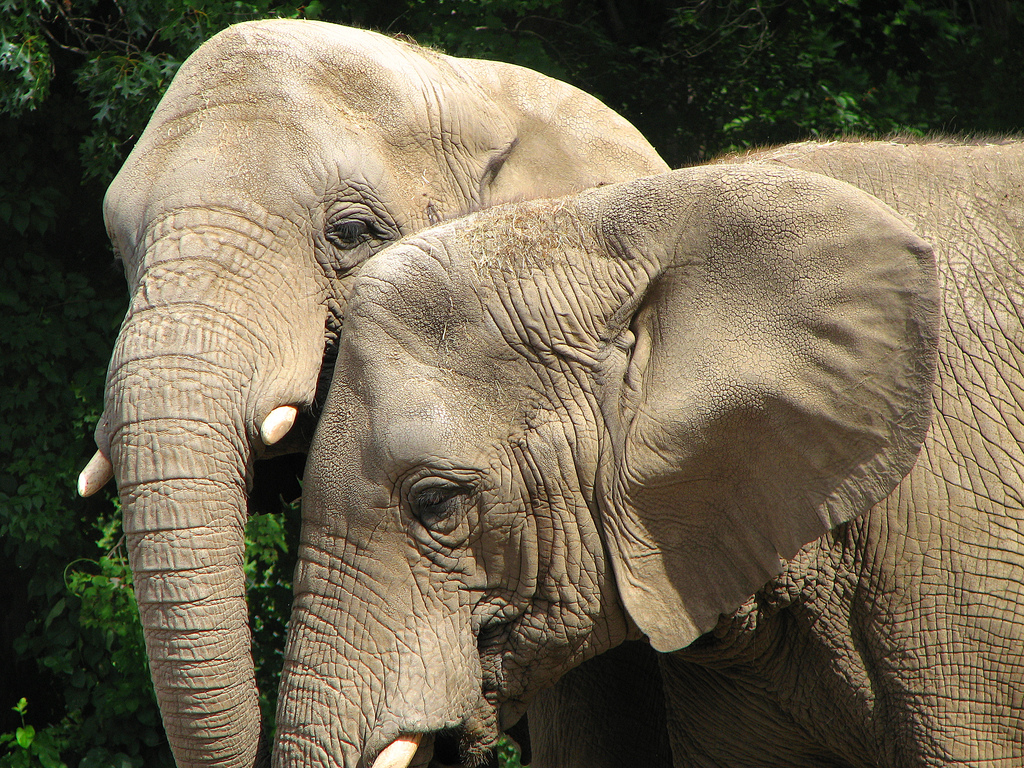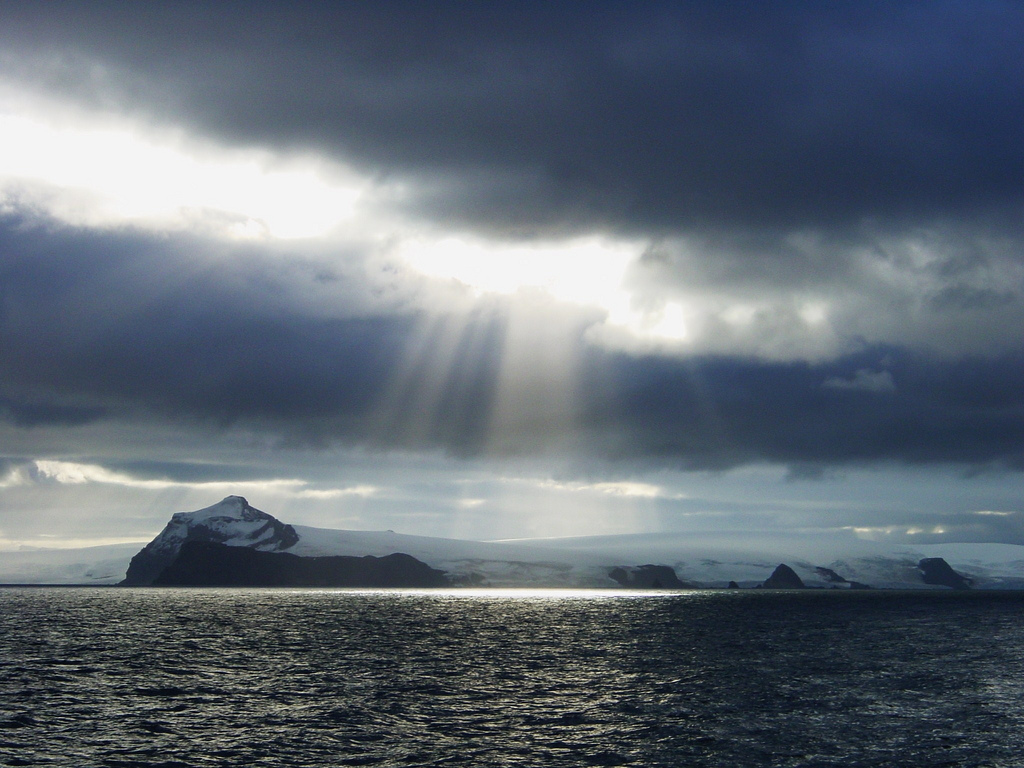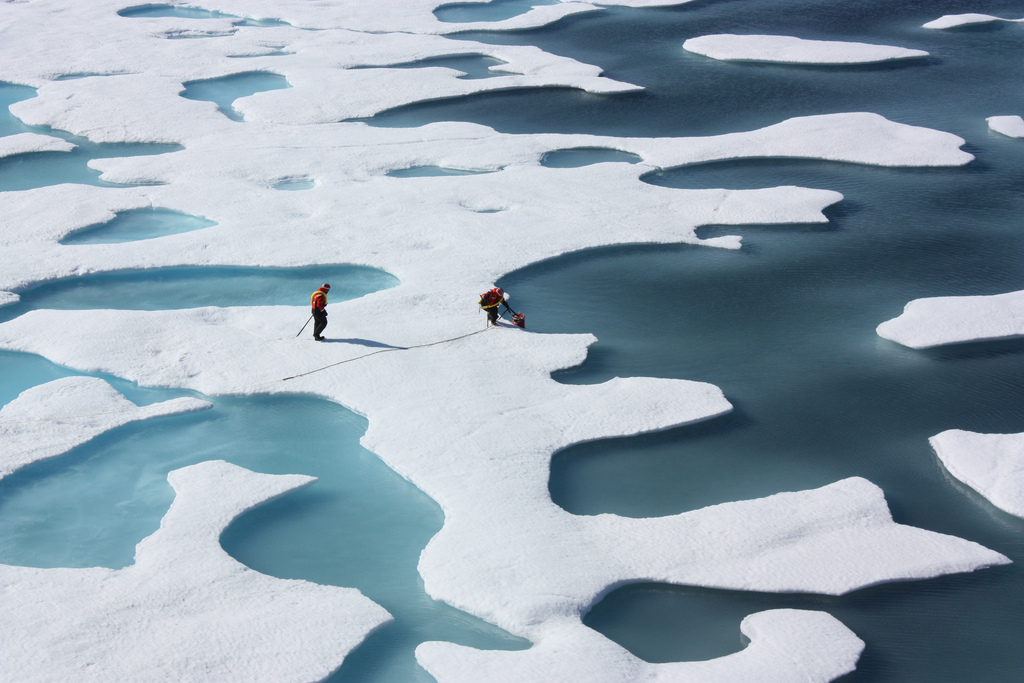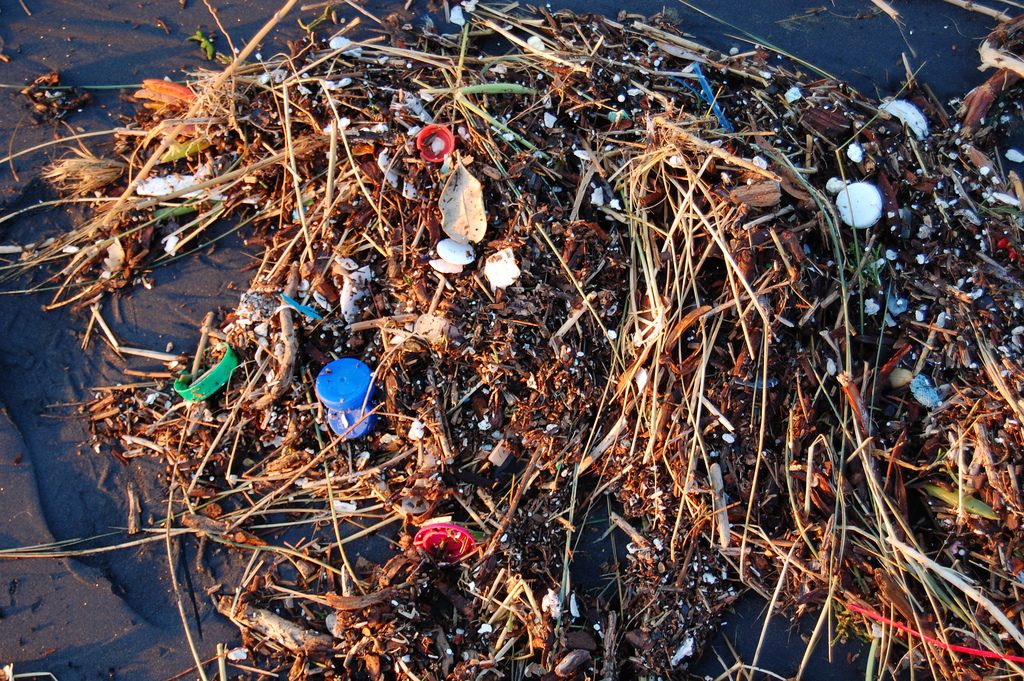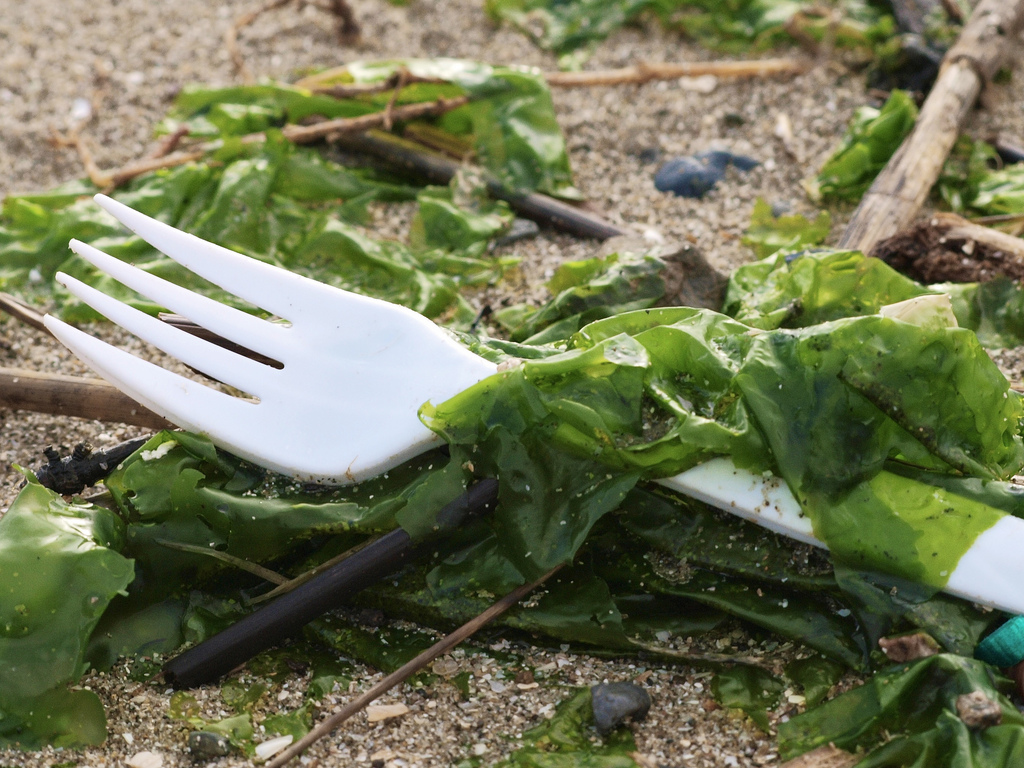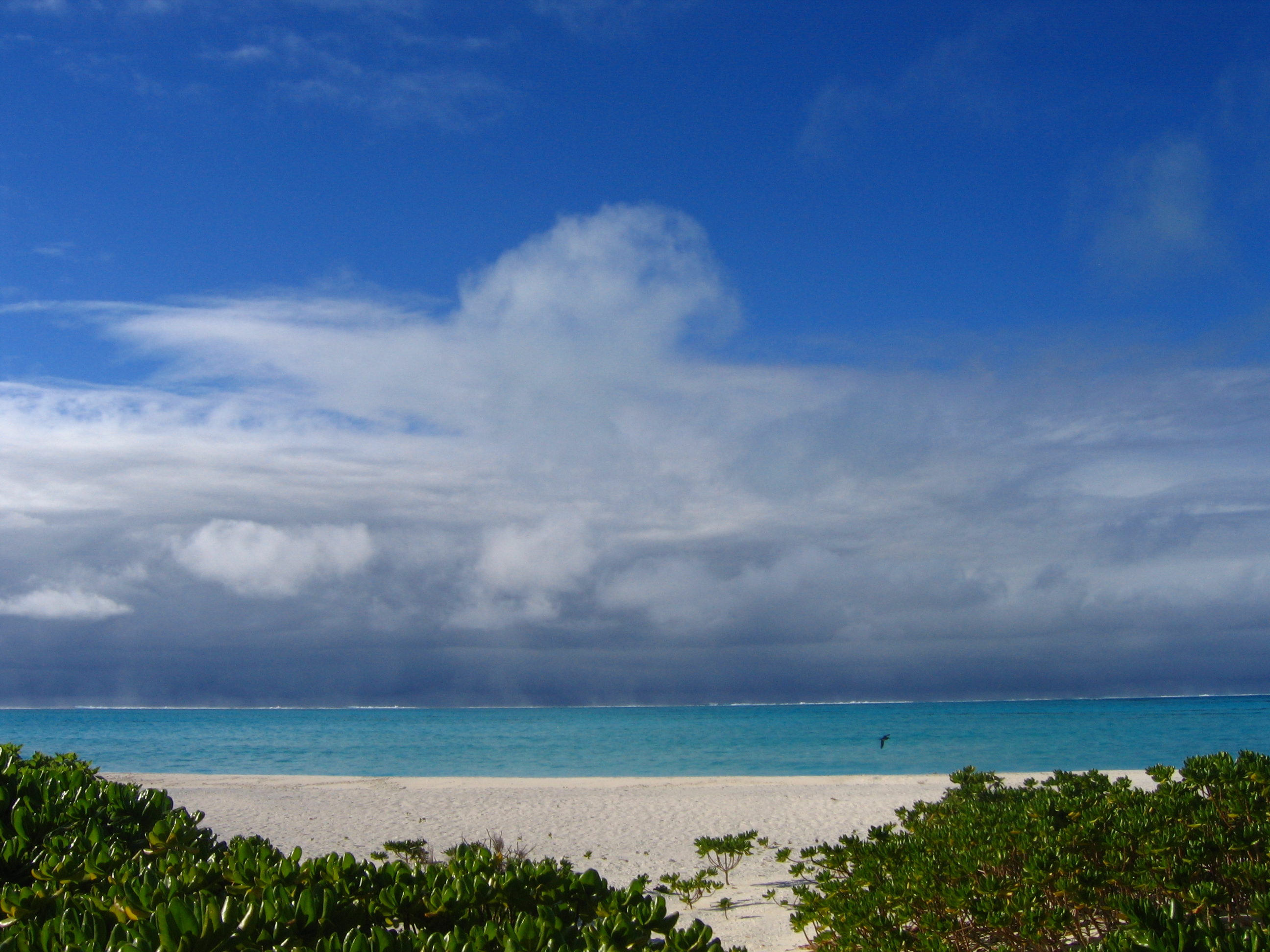Health
China As Climate Leader
China and the United States today produce nearly half of the world’s carbon emissions, so the fight against global climate change depends greatly upon what actions the two countries take. China has undergone a dramatic transformation over the past twenty years from a largely rural society to one that is far more urbanized and far more energy intensive. In 1997, when the Kyoto Protocol on climate was negotiated, China was only responsible for 14% of global CO2 emissions. It then surpassed the US on that front in less than 10 years and now accounts for nearly 30% of the world’s emissions.
Use-By Labels And Food Waste
By some estimates, Americans waste as much as 40% of food that is produced. None of the reasons are anything to be proud of, but one of the most frustrating is the confusing array of food date labels that are supposed to tell us whether the food we purchased should be eaten.
Dying California Trees
California’s trees are dying. According to the U.S. Forest Service, more than five years of drought in California has left 102 million dead trees across 7.7 million acres of forest. In fact, 62 million trees have died this year alone – a 100% increase from 2015.
The Ocean As A Heat Sink
From 1998 until 2013, scientists observed a slowing in the rate of global mean surface warming. In other words, global temperatures were not rising as quickly as before. This quickly became known as the “global warming hiatus.”
Help Save The Bees
Globally, 40% of invertebrate pollinator species, such as bees and butterflies, are facing extinction. And since approximately three-quarters of the world’s food crops depend on pollination, the decline of these pollinators could pose a threat to food security around the globe.
The Methane Riddle
Most of the blame for climate change has been placed on the growing levels of carbon dioxide in the atmosphere, but methane also plays a major role. Estimates are that about 1/5 of greenhouse effect warming is caused by methane in the atmosphere. There is far less of it than carbon dioxide, but methane is tremendously more effective at trapping heat.
Wiping Out Wildlife
According to a new report from the World Wildlife Fund, the world’s animal populations have suffered widespread population declines in the last half century. And thousands of species are now scrambling to survive.
New Doubts About GMO Crops
Genetically modified crops have been at the center of a great deal of controversy for a number of years. There have been widespread fears that they are unsafe to eat. Continuing studies have indicated that those fears appear to be unsubstantiated.
Saving the Banana
Bananas are the world’s most popular fruit crop, with 130 countries producing over 100 million tons annually. Forty-seven percent of all the bananas grown in the world and ninety-nine percent of all the bananas sold commercially are of one subspecies known as the Cavendish.
Canadian Carbon Tax
The Canadian government has chosen a carbon tax as its national policy to reduce greenhouse gas emissions. This aggressive move could have major repercussions around the world.
Carbon Dioxide Continues To Rise
Back in December of 2013, a little less than three years ago, Earth Wise reported that the observatory on Mauna Loa in Hawaii had briefly measured carbon dioxide levels greater than 400 parts per million for the first time ever. During the following year, readings above the 400 level started to pop up occasionally elsewhere as well.
Tricks In Our Treats
Halloween is traditionally a day when we choose to ignore the inconvenient truths about candy. Many of us overindulge on sweet treats and give little thought to what’s inside… particularly with respect to nutrition.
Disappearing Arctic Ice
The top of the world is turning from white to blue in the summer. The ice that has long covered the north polar seas is melting away.
Ocean Cleanup Progress Report
Back in June, we talked about The Ocean Cleanup, a Dutch foundation founded in 2013 by an 18-year-old named Boyan Slat, which is developing technologies to rid the oceans of the vast collections of plastic that have been accumulating over the past 50 years.
Repurposing Ocean Plastic
Scientists estimate that there is more than 165 million tons of plastic swirling about in our oceans today. And another 8.8 million tons of plastic ends up in oceans every year. According to a recent report from the World Economic Forum and the Ellen MacArthur Foundation, there could be more plastic by weight than fish by 2050 if current trends continue.
World Deforestation
Forests are a vital part of biodiversity and are one of the planet’s most important natural repositories for carbon dioxide. They are also continually under attack by multiple forces: more mouths to feed, more wood needed to burn and build with, more paper to manufacture, and more land needed to graze cattle.
Bidding ‘Adieu’ To Plastics
The use of plastics has increased 20-fold in the past 50 years, and production of plastics is expected to double again in the next 20 years. According to Eco Watch, the average American throws away approximately 185 pounds of plastic every year. And nearly one-third of all discarded plastic is not properly disposed of or recycled.
Wilderness Lost
Wilderness areas are strongholds for biodiversity. They buffer and regulate local climates, and they support many of the world’s most politically and economically marginalized communities. While there is a great deal of attention being paid to the loss of species around the world, there is relatively little focus on the loss of entire ecosystems. Simply put, wilderness is on the decline, and it has been ever since human civilization began its inexorable expansion.
